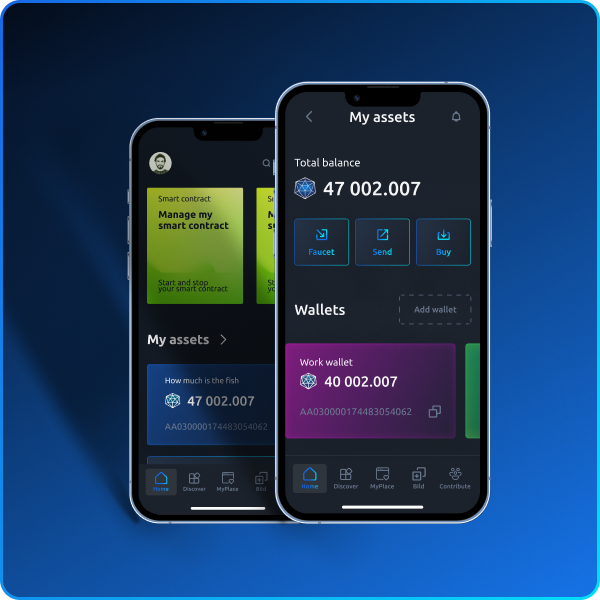With the growth of blockchain over the last decade, it's easy to see that the innovative approach of using ledger technology will likely last far into the future. Web3 is something that can be achieved much more efficiently, more secure, and less centralized than Web2 currently is and that is appealing to the general advancement of technology. As this growth continues, complete ecosystem frameworks are important. This is one of the main utilities of the Power Ecosystem. Decentralized frameworks are important for business and people to use the blockchain space as intended and this makes it easier to set up shop.
The Power Ecosystem makes it easy to set up these important features. One of the best and easiest ways to set up the function of the Power Ecosystem for a business or company is through Power Hub.
The Arc Reactor of the Power Ecosystem
The Power Hub is the entry point into the realm of the Power Ecostsen that helps generate everything a business or developer needs to accomplish for their needs. At the core of the Power Ecosystem, the Power Hub is where all the features and benefits are tangibly integrated into one dashboard. Integrations are seamless and very easy to find, which is contrary to many other platforms that create complicated processes that don't seem to work.
Using the Power Hub takes a plug and play approach and contains everything someone needs: accessing the Power Wallet, connections to smart contracts, accessing the Power Explorer, and setting up the API and SDK for the ecosystem.
Let's take a look at how the Power Hub dashboard works, some of the features you can do right now, and the benefits it can give to users of the Power Ecosystem.
The Power Hub Dashboard
Power Ecosystem is designed to be connected through the Power Hub dashboard so users have access to everything in one location. A graphical user-interface makes it much easier to find and set up. On the dashboard, users can find that everything is built very simple and keeping it uncluttered from noise on the platform.
The Power Hub has a set of full fledged features for the entire ecosystem:
- Dapps: this area is the location where users and developers can go to build and set up their decentralized applications. This list contains everything for the application setup including creating a wallet, the Power Explorer, faucets, voting, and github. In addition, new Dapps can be added and integrated into the platform.
- Account: this section enables developers to create an account and set up a Power Ecosystem ID that can be used to manage their activity on the platform. Users can add accounts, import and export, in addition to resetting their accounts for security.
- Smart Contracts: using smart contracts is a standard and on Power Ecosystem, developers have three options regarding contracts: deploying new ones, managing contracts that have been added and testing contracts for future deployment.
- Load State: this is the area that developers can check contracts for their state load and manage it on this location.
- API and SDK: this is a major section of the Power Hub which gives three aspects for connecting to the API of the Power Ecosystem and integrating with the SDK. Developers can interact with the native API and there are two SDKs that can be implemented for either the Javascript or Rust contracts.
- Nodes: The Power Ecosystem based on decentralized network node holders and also allows developers and users to run nodes on the platform. This section lets people launch and manage their nodes on the system, participating in the decentralized framework and helping the overall distribution of the network.
- Shards: Users can also take advantage of shards by launching new ones and monitoring them on the platform.
Benefits And Features of the Power Hub
The Power Hub already has many ways that developers and businesses can integrate with the platform but it's also important to share some of the things it can do already. We have committed to being a full decentralized framework and we have everything interconnected here on the platform. In the end, a project is only as good as the products and services it can provide. Many projects and even whole blockchains will only provide one aspect for the overall development of the ecosystem, but we have managed to pack everything into a complete framework.
Conclusion
In the future, blockchain technology can best survive in an area of complete decentralization. At this time, it is very hard to achieve this mainly because of the large grast that Web2 currently has and that Web3 is still immature. Power Ecosystem is here to change that and the Power Hub is an intuitive dashboard that allows people to make using the framework simple and easy.
In case you have questions about tech stack, tokenomics of our Ecosystem, or any other questions, feel free contact us througth email: partner@thepower.io






























